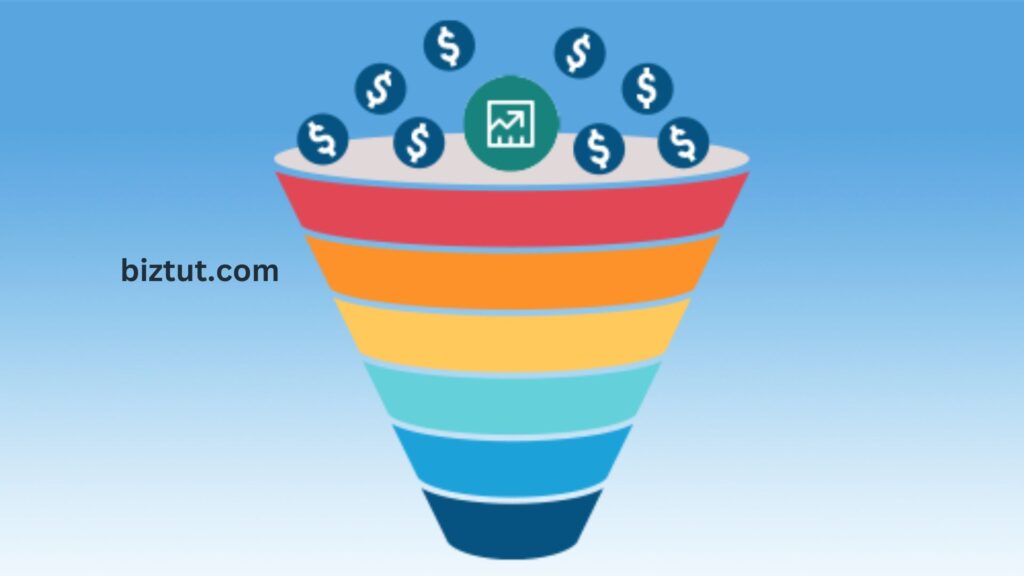It’s time to shine! Your marketing campaigns are working, and you’re getting a flood of new leads that you want to turn into sales. But here’s the catch: how you follow up with those leads is crucial. You need to do it in a smart and effective way, making sure no lead slips through the cracks or feels overwhelmed by your approach. Plus, following up often is key! According to Marketing Donut, 80% of sales leads need five follow-ups after the first contact, but only 8% of salespeople actually do this.
Now, five follow-ups might seem like a lot, but if you reach out the right way, you can share your message effectively and build a positive relationship with your leads. In this post, we’ll go over some tips on how to follow up with your leads properly and boost your chances of turning them into loyal customers. Here’s what we’ll cover:
Sales lead follow-up best practices

It’s not just about when you follow up with your sales leads; it’s also about how you do it. You need to think about where they are in your sales process, what challenges they face, and when it’s best to reach out. Here are some best practices to help you effectively follow up with leads and boost your chances of winning their business.
1. Segment Your Leads
Different leads need different approaches. Some might be ready to buy, while others need a little more time. For example, a lead who signed up for your email newsletter might be less engaged than someone who filled out a contact form. It’s important to group your leads into three categories: hot, warm, and cold. This way, you can tailor your communication to each group.
If you want to take it a step further, there are software tools available that help score your leads based on how they interact with your business. As you learn more about your leads, you can move them between groups as they get closer to making a purchase.
2. Respond Quickly
Make it a point to send a thank-you or welcome email or call within 12-24 hours after a lead reaches out. This shows that you care and are ready to help with any questions they might have.

3. Nurture Your Leads with Valuable Content
No matter where your leads are in the sales process, focus on providing value. Share blog posts, infographics, helpful statistics, success stories, or downloadable guides. Remember, it takes time to turn a lead into a customer. Instead of pushing for a sale right away, aim for smaller steps, like encouraging them to download a guide or read a blog post.
4. Personalize Your Communication
Personalizing your messages can make a big difference. Use the lead’s name in emails, share information based on the pages they visited on your website, and respond personally to inquiries instead of using generic replies.
5. Use Different Communication Channels
People prefer different ways to communicate, and you don’t always know what that is at first. Try reaching out through social media, email, phone calls, and even traditional mail.
But don’t bombard them with every method at once! Just make sure you’re available through the channels they prefer. Respond quickly to social media messages, answer phone calls, and keep an eye on your email inbox.
Here are some communication methods to consider:
- Email: This is less intrusive than a phone call and lets leads respond when it’s convenient for them. However, since people get so many emails, yours could get lost, so follow up more than once. Use catchy subject lines and offer helpful content instead of just pushing your services.
- Phone: A phone call is a great way to show your expertise and show you care. However, be mindful that the first time you call, they might not recognize your number. Nail down your voicemail message to give them a reason to call you back, and don’t hesitate to call more than once.
- Text Message: Texting is usually better for leads you’ve already talked to. Keep your messages relevant to the previous conversations you’ve had.

6. Create a Follow-Up Schedule
It usually takes 7-10 touches to turn a lead into a customer. A follow-up schedule will help you stay consistent and ensure you don’t lose track of leads you worked hard to get. Your schedule might look something like this:
- Emails: once a week
- Phone calls: once a month
- Face-to-face meetings: once a quarter
Be careful not to overdo it, or you might annoy your leads.
7. Track Your Communications
If you have a CRM (customer relationship management) system, you’re already in a good place. CRMs help you keep records of all your interactions and the results. If you don’t have a CRM, no worries! You can easily use Excel to create a spreadsheet with your leads’ contact info and notes on your communication efforts.
8. Know When to Move On
Qualifying your leads early on is crucial. Don’t be quick to abandon leads just because they might take some extra work. Instead, evaluate whether they can afford to buy, if they are motivated, and if they have the authority to make decisions.
If you find that they’re not ready now, don’t throw their info away! Put them in a “follow up later” file and plan to reach out down the road when their situation might have changed.
Also Read: Small Business Accounting: 12 Tips and Tools
Follow up with your sales leads the right way
Lead prospecting is all about staying in front of your clients without annoying them—think of it as being omnipresent. Your main goal isn’t to push them to buy right away; instead, you want to be there when they’re ready to make a purchase. Being reliable like this helps build trust in your brand and makes your leads feel respected and valued. And really, what better way is there to grow your customer base than that?











